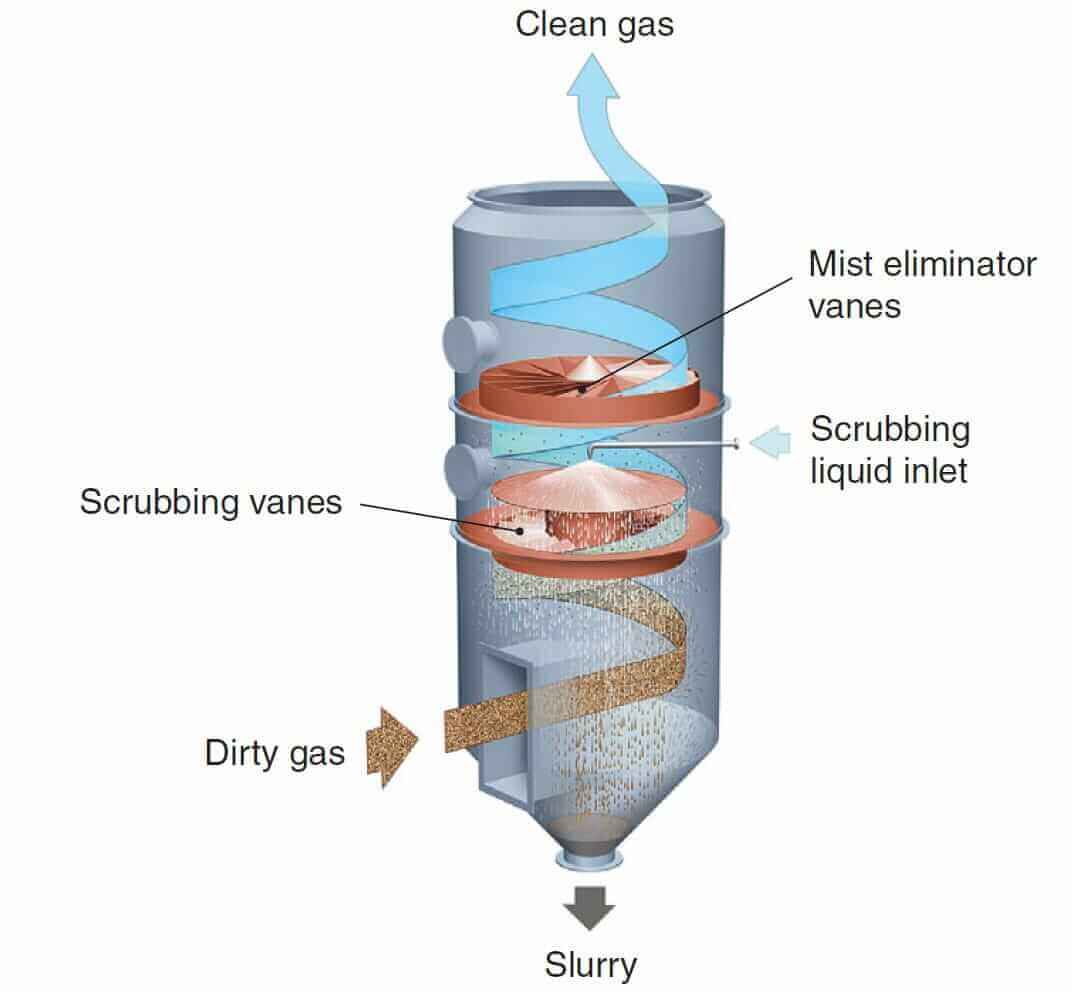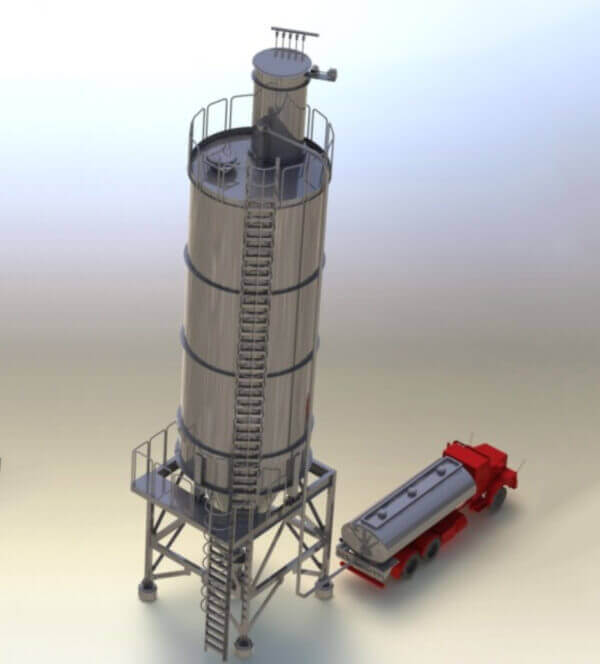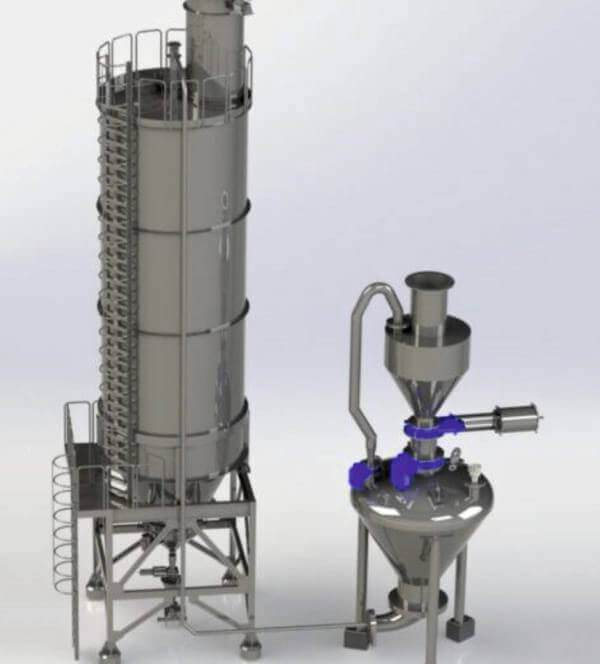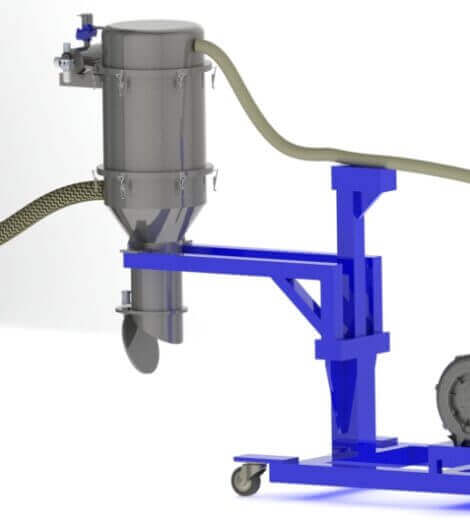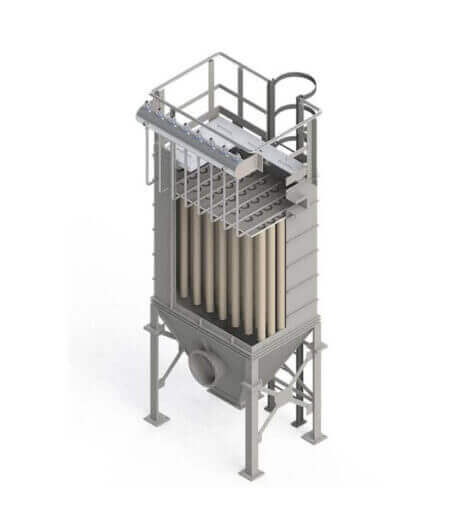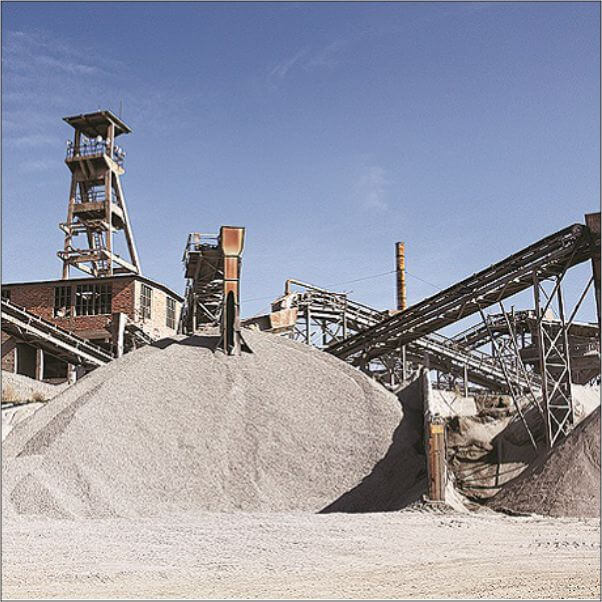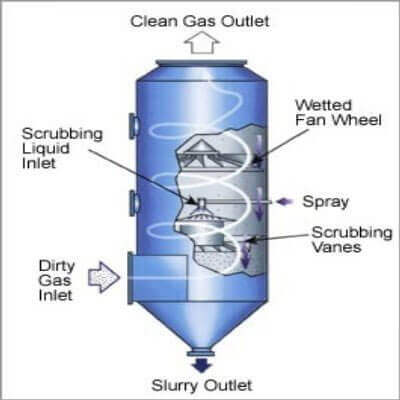
Industrial Wet Scrubber - an effective air pollution control device
The exhaust gases of combustion may contain substances considered harmful to the environment, and the scrubber may remove or neutralize those. A scrubber is used for cleaning air, fuel gas or other gases of various pollutants and dust particles. Scrubbing works via the contact of target compounds or particulate matter with the scrubbing solution. Solutions may simply be water (for dust) or solutions of reagents that specifically target certain compounds.
Process exhaust gas can also contain water-soluble toxic and/or corrosive gases like hydrochloric acid (HCl) or ammonia (NH3). These can be removed very well by a wet scrubber.
Removal efficiency of pollutants is improved by increasing residence time in the scrubber or by the increase of surface area of the scrubber solution by the use of a spray nozzle, packed towers or an aspirator. Wet scrubbers may increase the proportion of water in the gas, resulting in a visible stack plume, if the gas is sent to a stack.

